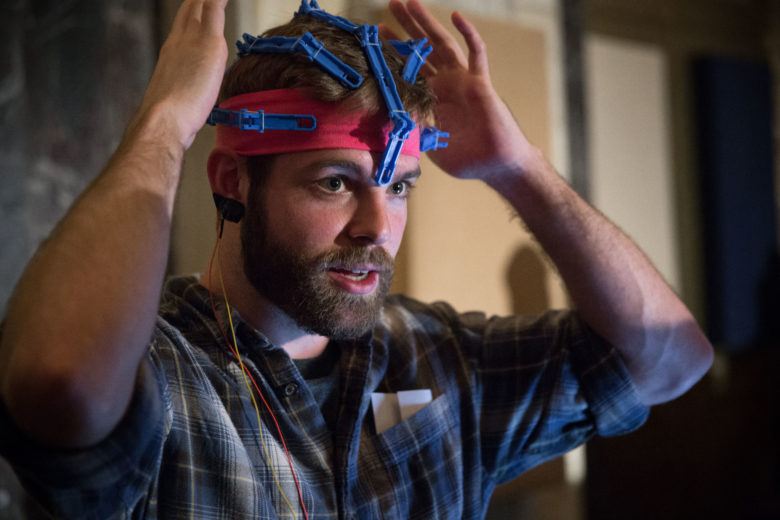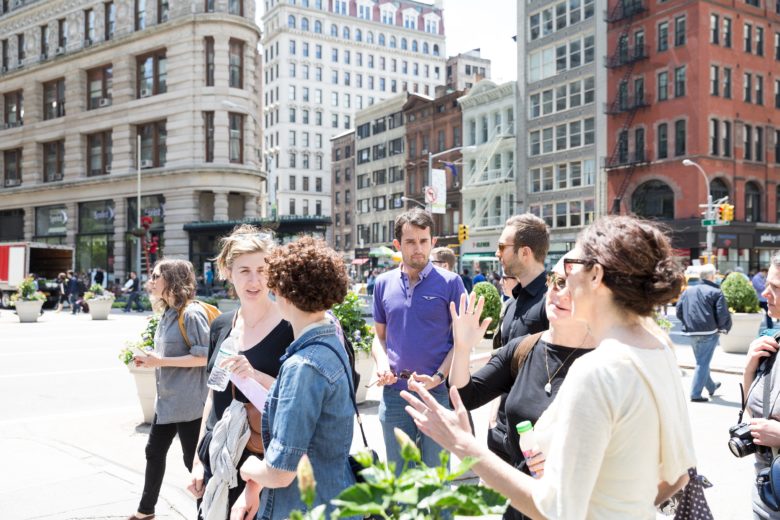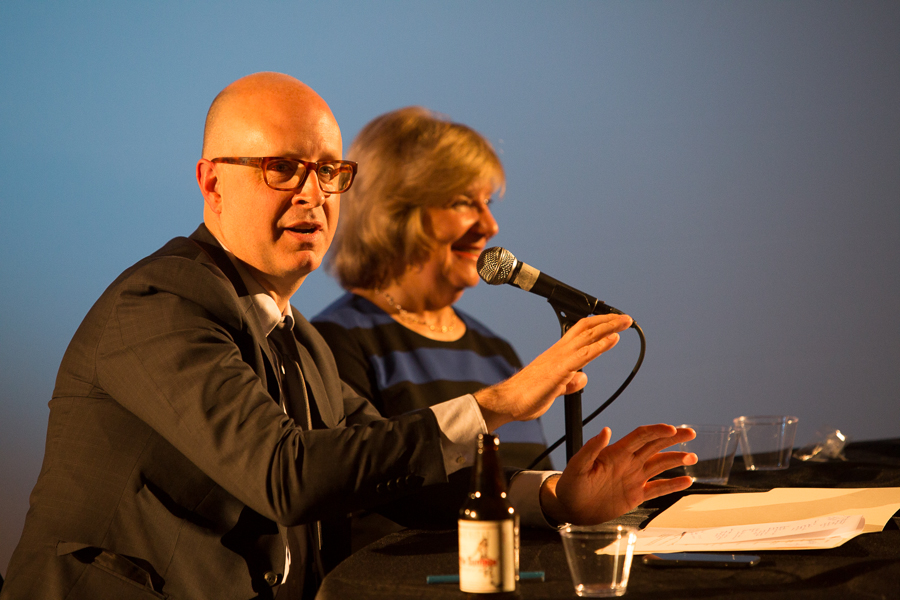
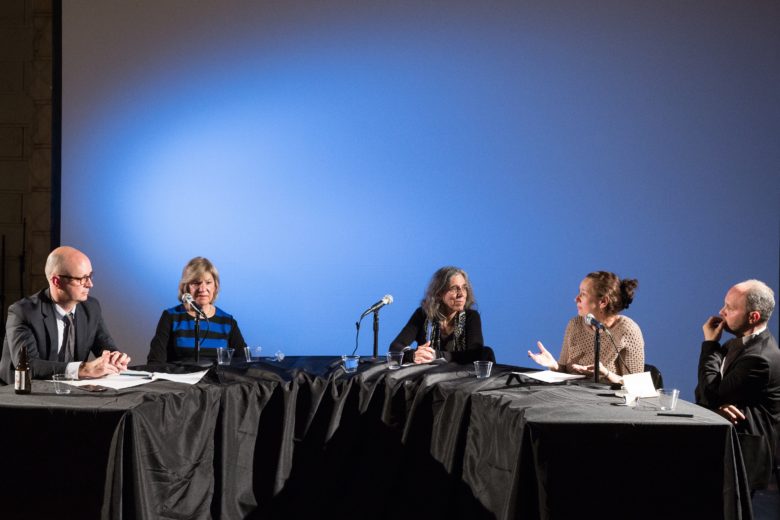
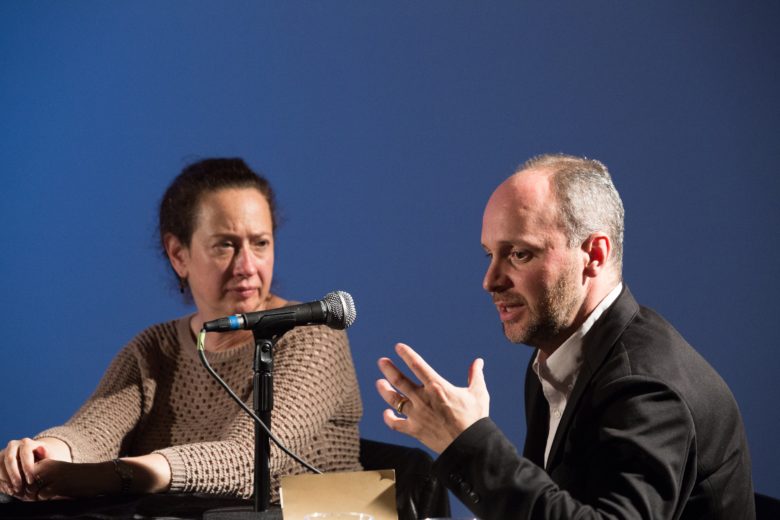
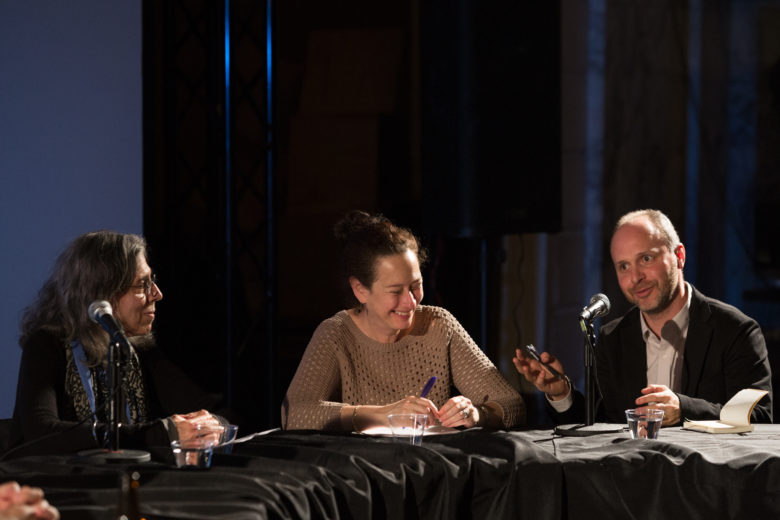
Richardson, a senior director at Control Group and professor of philosophy at Pratt Institute, was speaking to a crowd gathered at ISSUE Project Room as part of Van Alen Institute’s Elsewhere spring program series.
The roundtable event aimed to take a step back from the series—which explored how the urban environment affects our well-being—to examine both the actual definition of well-being and also its context in the efforts to improve urban life. Richardson posed a few questions to map out the trajectory of the evening: What are the different elements that compose our well-being? What does it mean to measure or quantify well-being? And how do we think about the ethics of well-being in a collective or social context?
One definition that was floated in the conversation—moderated by Richardson and which included Susan Saegert, professor of environmental psychology at the CUNY Graduate Center; Adam Lubinsky, principal at WXY architecture + urban design; Beth C. Weitzman, vice dean and professor of health and public policy at NYU Steinhardt; and Sharon Zukin, professor of sociology at Brooklyn College and the CUNY Graduate Center—was that of the World Health Organization, which defines health as “a state of complete physical, mental and social well-being and not merely the absence of disease or infirmity.”
Though that definition aims for a more holistic view, some panelists thought it actually brought the meaning of well-being further into question.
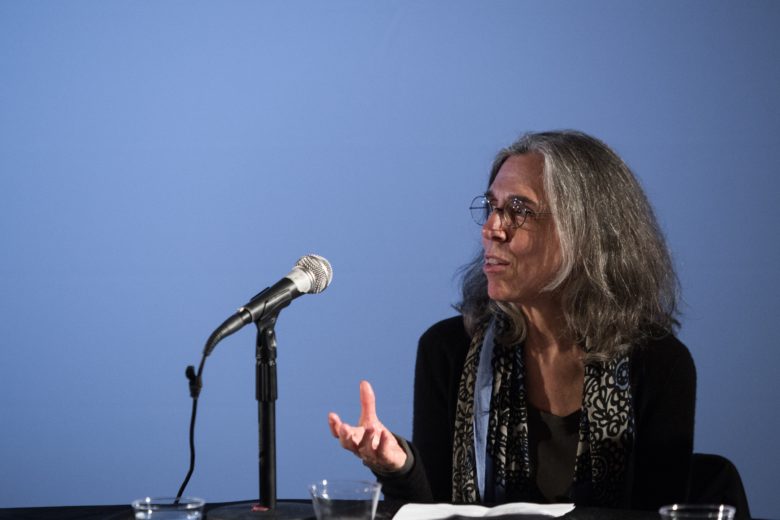
Zukin and Lubinsky emphasized the relational nature of well-being in sociology and urban design. “Well-being in relation to what goal? Well-being of what group in relation to what other groups?” prompted Zukin. The challenge in architecture and design, as Lubinsky identified it, is finding a way to incorporate multiple perspectives and experiences into a process that retains a strong vision. “You take any simple design problem, and you’re going to wind up working in the direction of one person’s comfort,” he said. “And perhaps against another’s.”

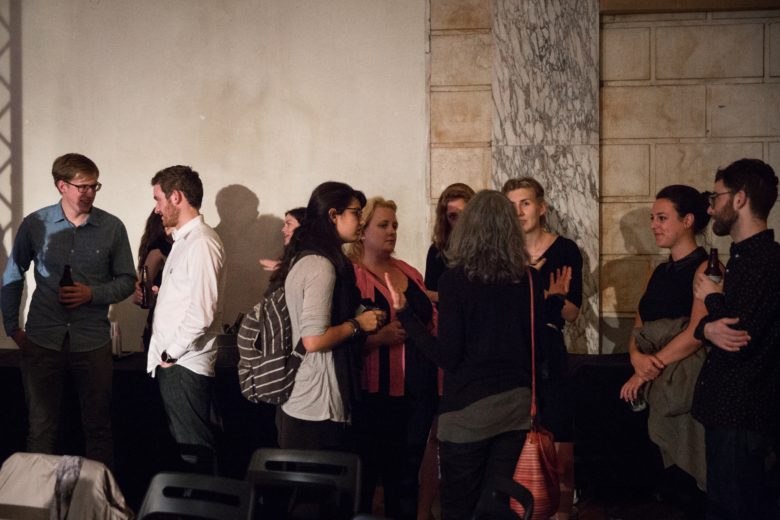
As the conversation turned to the growing influence of data on urban policy, Zukin expressed wariness at the metrics and rankings that often promote a specific kind of urban value system. Lubinsky suggested that planners and architects must continually navigate both data and personal experience, and he has begun fusing this information to create scenario-building processes that can engage individual stakeholders.
Panelists also grappled with the social dimensions of well-being. While it is the individual that experiences well-being, Weitzman pointed out that individuals are part of a greater society. “Some of the greatest successes in people’s health,” she said, “have come about not because individuals have learned to behave better, but because we’ve changed the underlying conditions in which people live.”
In the city, these underlying conditions are shared and felt by many. Lubinsky, who said he’s chosen a life in the city, believes it can “foster a diversity of cultural scenes so that it’s easy to find a place to feel part of something larger than yourself.” Richardson concluded that these conditions can be created through both policy and design.
While the task of building a shared definition of well-being across diverse perspectives remained elusive, the panelists all found points of commonality in ways that spaces can be social, physically, and mentally nurturing. Saegert suggested this process of constituting our understanding of well-being is inevitably a shared and ongoing one. “I think experience is a place where you try to find well-being within your culture, your space, and your body, and you do not know what it is. And so I think it’s an exploration that should be carried out collectively.”
